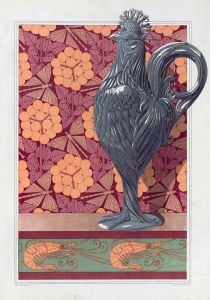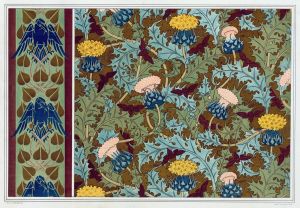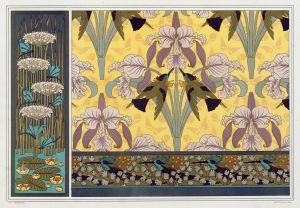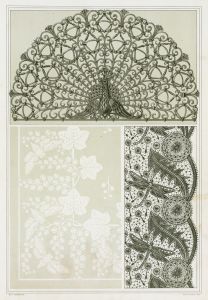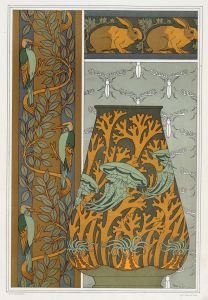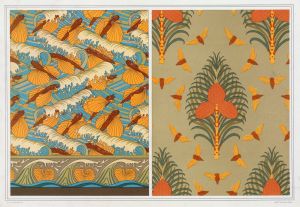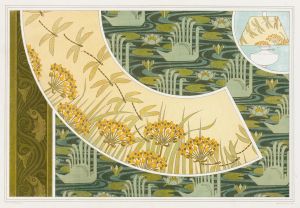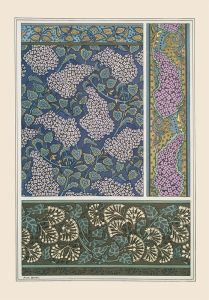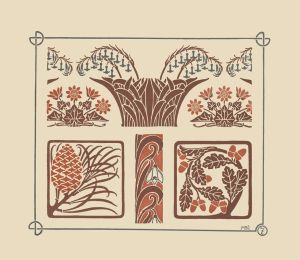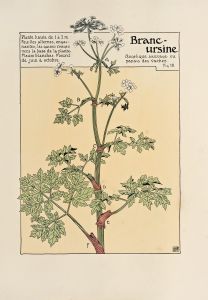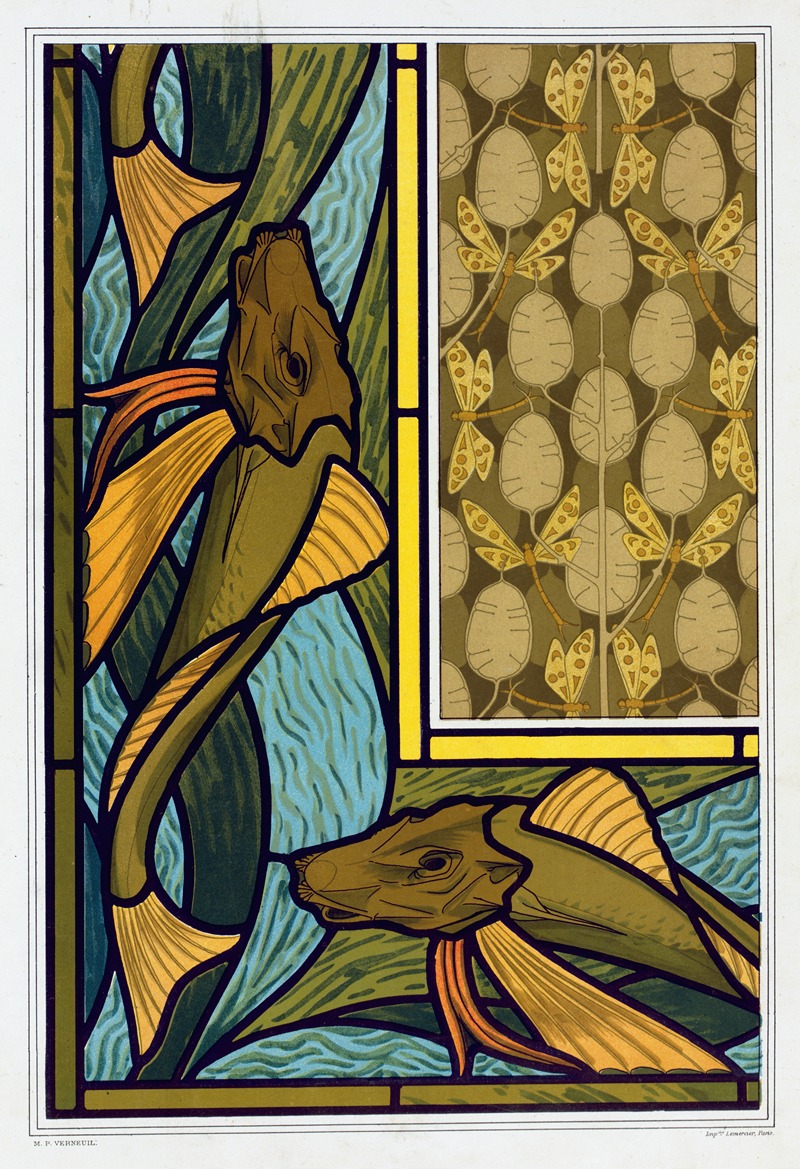
Rougets, vitrail. Libellules et monnaie du pape, étoffe.
A hand-painted replica of Maurice Pillard Verneuil’s masterpiece Rougets, vitrail. Libellules et monnaie du pape, étoffe., meticulously crafted by professional artists to capture the true essence of the original. Each piece is created with museum-quality canvas and rare mineral pigments, carefully painted by experienced artists with delicate brushstrokes and rich, layered colors to perfectly recreate the texture of the original artwork. Unlike machine-printed reproductions, this hand-painted version brings the painting to life, infused with the artist’s emotions and skill in every stroke. Whether for personal collection or home decoration, it instantly elevates the artistic atmosphere of any space.
Maurice Pillard Verneuil (1869–1942) was a French artist and designer known for his contributions to the Art Nouveau movement. He specialized in decorative arts, including posters, ceramics, textiles, and stained glass. His works often featured natural motifs, such as plants, animals, and insects, which were characteristic of the Art Nouveau style.
"Rougets, vitrail. Libellules et monnaie du pape, étoffe." is a work attributed to Verneuil that reflects his fascination with nature and his ability to translate organic forms into decorative designs. The title, which can be translated as "Red Mullet, Stained Glass. Dragonflies and Honesty Plant, Fabric," suggests that the piece combines multiple elements and mediums, including stained glass and textile design. The mention of "rougets" (red mullet) indicates the depiction of fish, while "libellules" (dragonflies) and "monnaie du pape" (honesty plant) highlight Verneuil's use of flora and fauna as central themes.
Verneuil was heavily influenced by Japanese art, particularly ukiyo-e prints, which emphasized bold lines, flat colors, and stylized natural forms. This influence is evident in his work, including "Rougets, vitrail. Libellules et monnaie du pape, étoffe." The piece likely demonstrates his skill in adapting natural subjects into decorative patterns suitable for various applications, such as stained glass windows and fabric designs.
While specific details about this particular work are limited, it is consistent with Verneuil's broader body of work, which often sought to harmonize art and nature. His designs were not only aesthetically pleasing but also functional, as they were frequently used in interior decoration and applied arts. Verneuil's ability to blend artistic creativity with practical design made him a prominent figure in the Art Nouveau movement.
No further detailed information about the creation date, location, or current status of "Rougets, vitrail. Libellules et monnaie du pape, étoffe." is available.






